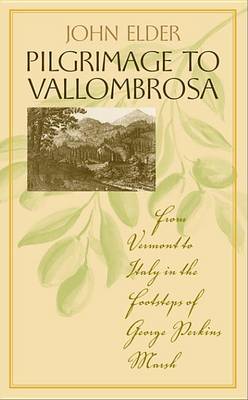Under the Sign of Nature: Explorations in Ecocriticism
1 total work
The pivotal figure in John Elder's latest book - itself a combination of environmental history, travel writing, literary criticism, and memoir - is the nineteenth-century diplomat and writer George Perkins Marsh, generally regarded now as Americais first environmentalist. Like Elder, Marsh was a Vermonter, and his diplomatic career took him for some years to Italy, where, witnessing the ecological devastation wrought upon the landscape by runaway deforestation and the plundering of other natural resources, he was moved to produce his famous manifesto, Man and Nature. Marsh drew parallels between the despoiled Italian environment and his home landscape of Vermont, warning that it was vulnerable to ecological woes of a similar magnitude if not carefully maintained and protected. In short, his was a prescient voice for stewardship. On a Fulbright year, Elder chooses to follow in Marsh's footsteps along a trajectory running from Vermont to Italy, and at length fetches up at the managed forest of Vallombrosa - which, as it happens, boasts a stand of sugar maples planted by Marsh. Punctuated throughout with learned and genial considerations of the poetry of Wordsworth, Basho, Dante, and Frost, Elderis narrative takes up issues of sustainability as practiced locally, reports on family doings (including his wife's reconnecting with Italian relatives), and returns finally - as did Marsh's - to Vermont, where he measures traditional stewardship values against more aggressive conservation-oriented measures such as the expansion of wilderness areas. Elder also extends the idea of sustainability from maintaining a healthy human-environmental balance to maintaining a strong web of social relationships within both the family and the larger community. Here is an exceptional reading experience, the chance to follow two of the finest chroniclers of our place in nature - separated by years, but by surprisingly little else.
